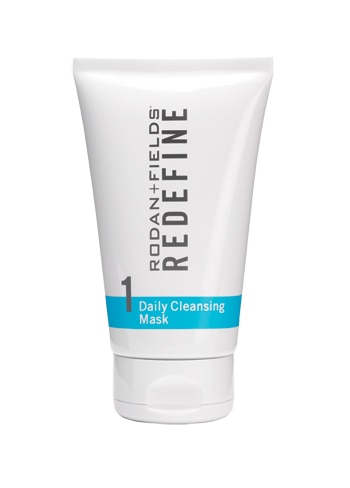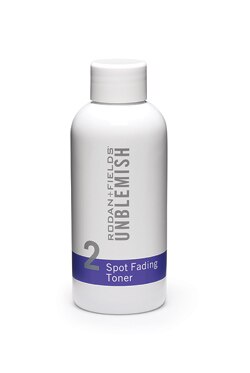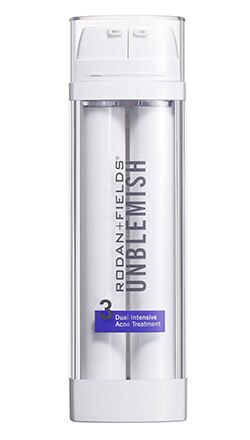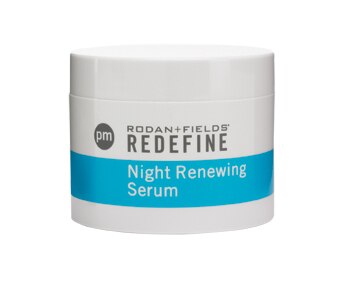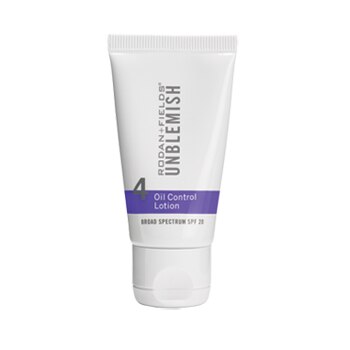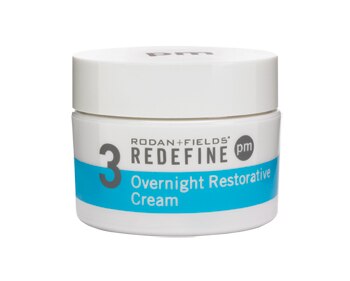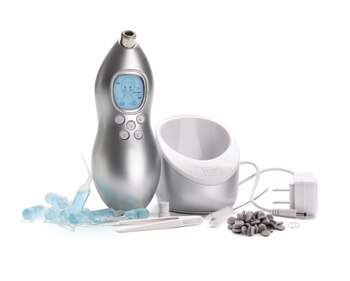
Almost all
teens deal with acne in one form or another. Hormonal changes that arise during
puberty can elevate the body’s level of androgens, which cause the skin glands
to become larger and produce excess amounts of sebum (skin oil). This overload
of oil then clogs pores, and forms acne. Acne usually affects the face, neck,
back, chest, rear, arms, legs and shoulders. Although acne isn't a serious
health problem, it can cause permanent facial scars and affect the self-esteem
of the sufferer.
Forms of Acne:
Forms of Acne:
Whiteheads: Raised white dots that are pores full of contaminants
covered by a layer of skin.
Blackheads: Dark brown bumps that are pores impacted with bacteria, dead
skin cells, dirt and oil, which have reacted with oxygen resulting in a
blackish color.
Papules, pustules or nodules: Painful, hard lesions that appear red
and swollen due to inflammation or infection of the tissue around the clogged
follicle.
Cysts: Large, deep, and inflamed pus-filled pimples.
Thankfully there are ways to help control and even reduce
acne. Here are a few lifestyle tips that will give you some insight to what
might be triggering your acne breakouts and will help you to take control of
your unruly complexion.
1. Eat Right
Teens who want to reduce their risk of acne breakouts, should definitely watch what they put into their mouths. Researchers have found a connection between acne and diets packed with refined carbohydrates and sweets such as bread, candy, pasta, soda and juice. These foods cause your blood sugar to spike, unleashing a rush of hormones that stimulate oil production and make pore-clogging skin cells shed faster. When you develop cystic breakouts, it might be a sign that you're getting more dairy in your diet than your body can tolerate, says celebrity esthetician Renee Rouleau. In recent years, a series of studies has suggested that dairy products, especially milk, can cause breakouts in people already prone to acne. Researchers have theorized that naturally occurring hormones in milk stimulate the production of sebum and pore-clogging skin cells. If you struggle with hormonal acne, which tends to appear on the chin or along the jaw line, you might consider cutting out dairy as an experiment.
For more tips on what foods your eating that are causing acne
breakouts, read “8 of the Worst Foods for Your Skin.”
2. Exercise Regularly
Whether you have a lot of acne or even the occasional zit,
exercise may actually help control the issue. When you exercises you blood flow
increases, allowing cell waste to be replaced with oxygen and nutrients. Pores
are also unclogged during exercise through the production of sweat, and your
stress level is lowered. All of these factors can equal healthy looking skin.
Keep in mind that some people actually experience an increase
in acne after they workout. This is not caused by exercise but rather it’s the
result of improper bodily care and hygiene practices. For a few tips to prevent
a rise in acne after a workout read “5 Tips to Preventing Post Exercise Acne Breakouts.”
3. Sleep Well
Stress and lack of sleep have been closely related to acne
breakouts due to hormonal imbalances in the body. These factors can cause adrenal glands to go into overdrive
to produce greater amounts of adrogens and cortisol. Higher levels of these
hormones could result in an increase in acne problems. Help balance your body with 7 or more
hours of sleep every night and practicing relaxation techniques like stretching,
yoga, and self-massage.
4. Observe Your Skin
When was the last time you washed your pillowcase? Do you
use the same towel for your face that you use for your body or hands? Be aware
of what is touching your skin. If you have pimples around your right cheek, see
if that’s the side you hold your cell phone on. This could simply be a result
of you cell depositing bacteria and foreign matter into your pores.
For more hints about things that touch your face that are
causing acne breakouts read, “What’s Touching Your Skin?: 13 Tips to Prevent Acne Breakouts.”
5. Treat Acne
Step 1: Wash your face once a day, twice a day for oily skin types, with a sulfur based acne face wash and warm water. Sulfur has antibacterial properties that will fight off acne causing bacteria, while the warm water will loosen and dissolve unnecessary facial oils. For those who suffer from redness, alternating with a clay based face wash will tighten pores, while calming inflammation. Never scrub your face, as scrubbing may worsen acne flare ups by irritating the skin and stretching pores.
Sulfur based daily face wash for acne
Clay based daily facial mask for minimizing pores
and reducing skin irritation
and reducing skin irritation
Step 2: Immediately after hopping out the shower,
apply a clarifying toner that will balance your skin while fighting acne. Never
let your skin rest, not even for a minute, without some type of “protection” on
it. Neglecting your freshly washed skin will trigger its defense system, and
cause it to produce excess amounts of oil. Because toners can potentially cause
irritation, they are not recommended for sensitive skin types, who should move
on to the next step in this regimen. If you suffer from post acne marks, such
as dark spots, use a toner containing Hydroquinone, which will even out your skin
tone as it safely fades unwanted pigmentation.
Balancing solution that for acne
With Hydroquinone for uneven skin tone and post acne marks
Step 3: Use a medication that targets the source
of your acne problems.
·
Benzoyl peroxide is said to be the most effective acne
medication that one can get without a prescription. Benzoyl Peroxide helps kill
bacteria imbedded within the skin, unclogs pores, and helps to heal pimples.
This medication comes in different forms (wash, lotion, gel) and in strengths
ranging from 2.25%-10%. It’s advised to start slowly when beginning your
treatment with this medication, only using once a day or every other day. After about two weeks, one can increase
the dosage to 2 times a day if they have oily skin or are not seeing dramatic
enough results. Make sure to apply
the medication to the entire face, as opposed to spot treatments, allowing it
to continue to protect the skin from future breakouts.
With Benzoyl Peroxide to eliminate acne
·
Salicylic
acid can
also be acquired without a prescription and comes in many different forms and
strengths. This medication dissolves hard contaminants harboring in the pores,
and helps shed the top layer of skin to prevent future dead skin cell build up.
"It usually takes 4 to 8 weeks to notice a substantial improvement,"
says Julie Danna, MD, a pediatric dermatologist at Ochsner Health Center in
Metairie, La.
Next Step
If your acne
is still not improving after using over-the-counter products for a couple of
months, you should consider seeing a dermatologist who will most likely
prescribe a stronger treatment to target your skincare needs.
·
Retinoids can also be attained without a prescription, but higher dosages may be prescribed by
doctors. This derivative of vitamin A is most known for it’s anti-aging
benefits, but not widely known to the general public, Retinol also helps with
acne by unclogging pores and turning over old skin cells to new ones. Retinol
should always be paired with a product containing Vitamin C, as it will
preserve the medication while it works to renew your skin.
REDEFINE Night Renewing Serum
With Retinol to unclog and minimize pores
With Retinol to unclog and minimize pores
·
Antibiotics
which fight off acne-causing bacteria come as a cream, lotion, gel or pill.
Your doctor may prescribe pills or medicine you put on your skin if they
believe that an antibiotic is the way to go.
·
Hormone
blockers for Women (oral contraceptives, cyproterone acetate, spironolactone) can be
very effective in controlling acne symptoms. This treatment is refereed to as Anti-androgen therapy,
because the medication blocks the reception and production of androgens, which
causes the body to produce skin oils. This treat is not for men as it
counteracts the effects of testosterone.
·
Isotretinoin (Accutane,
Amnesteem, Sotret, and Claravis) is a very strong medication that comes in a
pill form and is only used for severe types of acne that hasn’t responded to
all prior treatments. Because of the severity of this medicine it should always
be taken under regular doctor supervision. Although this drug is said to be the
closest cure to acne, because it actually shrinks the oil glands, causing your
skin to produce less oil, it has also been know to cause birth
defects/fatalities, depression, and add to premature signs of aging. Doctors
usually require patients who take this medication to do a few blood tests, and
sign a consent form before taking this drug
Step 4: Moisturize on a daily basis.
·
Daytime:
A moisturizing broadband sunscreen of SPF 15 or higher, should be applied
before you leave the house and then through out the day. The top reason to use
sunscreen is because it will protect your skin against the signs of aging. We
recognize that you are a teen and although aging is the last thing on your list
of target skin issues, believe us when we say that your future self will
definitely thank you. Be sure to use a "noncomedogenic" or
"nonacnegenic" sunscreen, as it will not clog pores. For oily skin
types, opt for a sunscreen that is specially designed to help control oil
production throughout the day.
· Nighttime: Applying a moisturizer, before you hit the pillow, is vital for keeping your skin healthy. Replenish your skin with essential nutrients like Vitamins A, C, and E, with a repairing moisturizer. Keep in mind that, the main reason your skin might be producing excessive amounts of oil is because it is trying to protect it’s self. Never dry out your skin, it needs nutrient rich moisture and when you keep it moisturized, the skins defense system is less likely to react.
Extra Step: Macro Exfoliation should be done once a
week and placed before Step 1. Be sure to give your face a quick wash to remove
bacteria, dirt and oils before you exfoliate, as to not contaminate your freshly
exposed pores. Young men, who shave, should consider that as exfoliating half
of their face and always do it after a quick wash, then follow it with Step 1.
Macro Exfoliation is not recommended for those with sensitive skin.
For tips on reducing razor bumps when shaving read “10 Steps to Preventing Razor Bumps.”
Visit T.J.'s profile on Pinterest.




